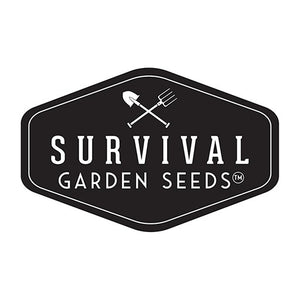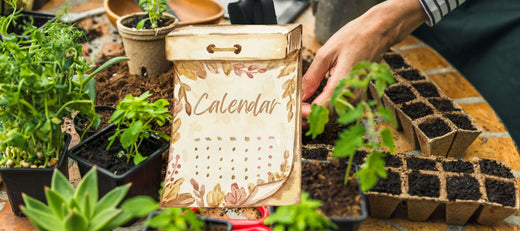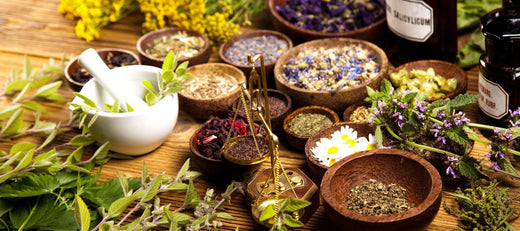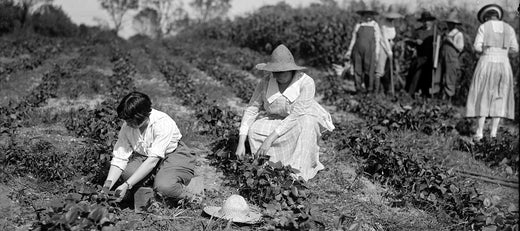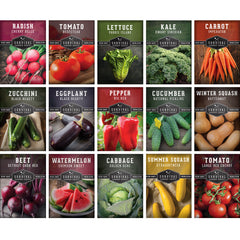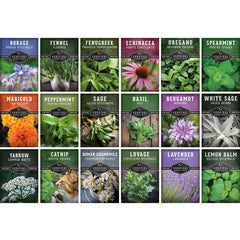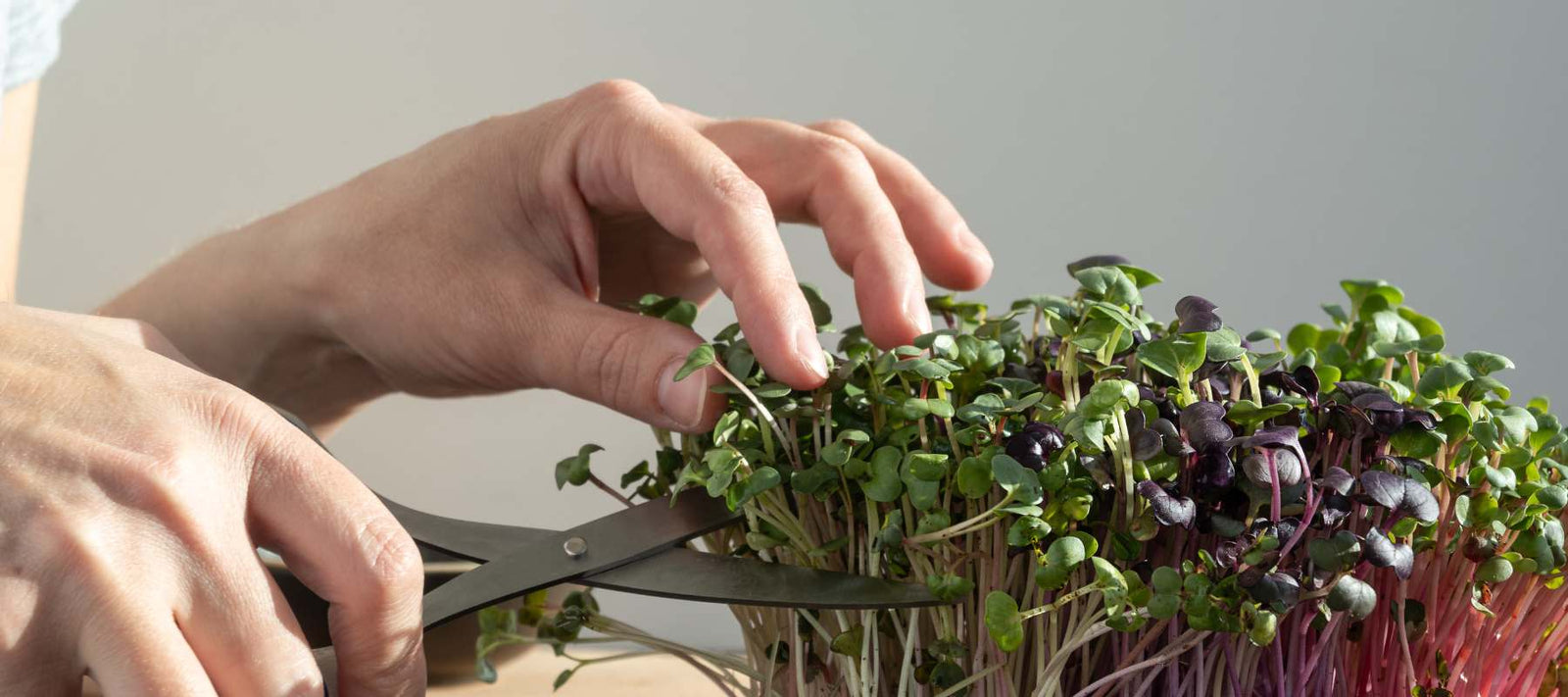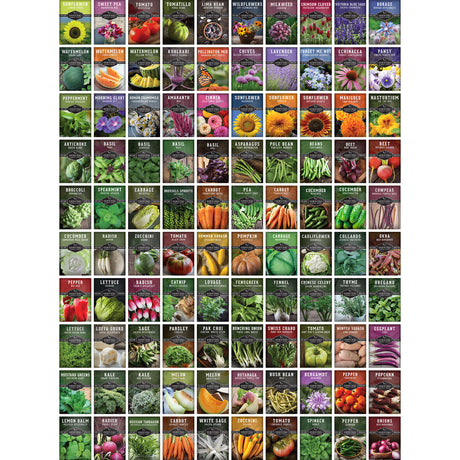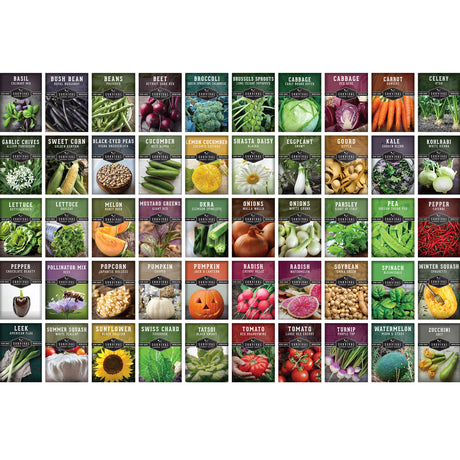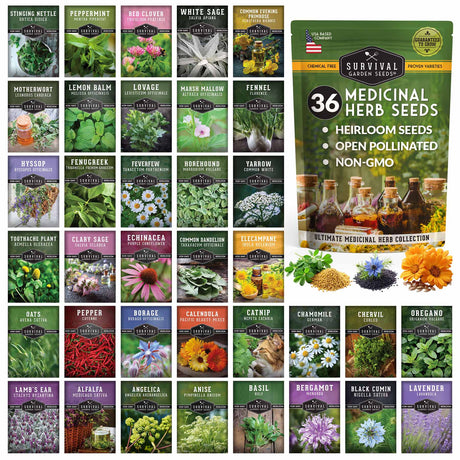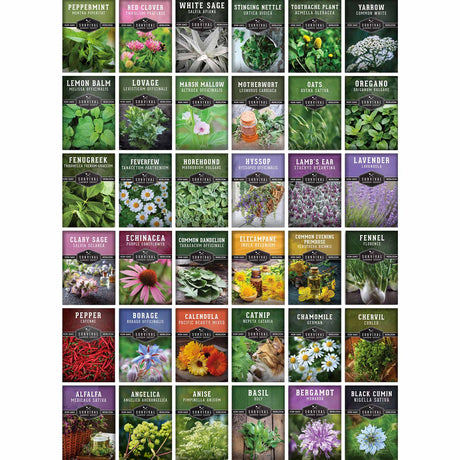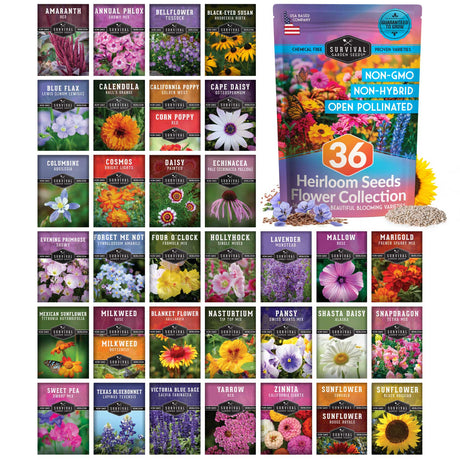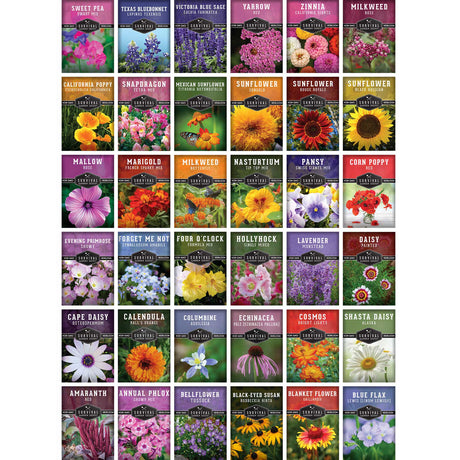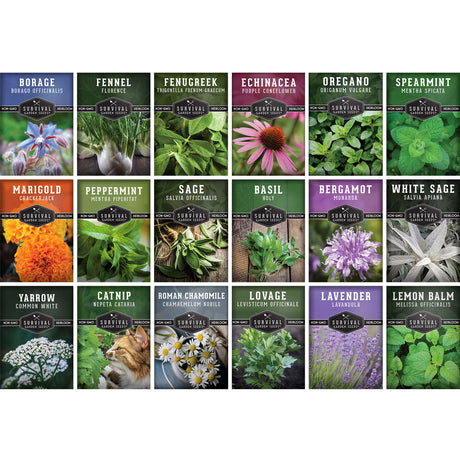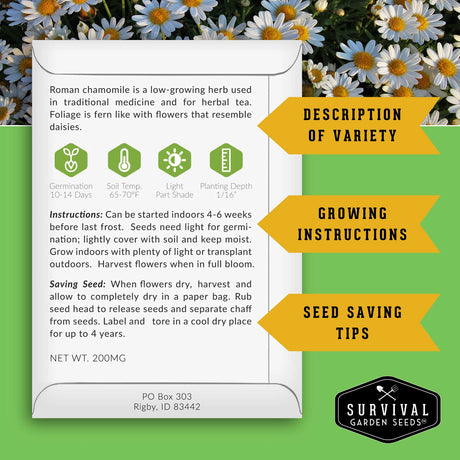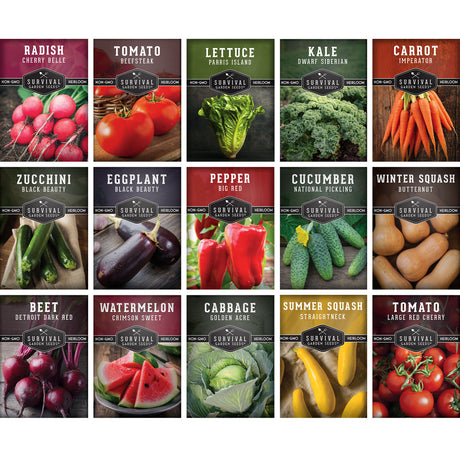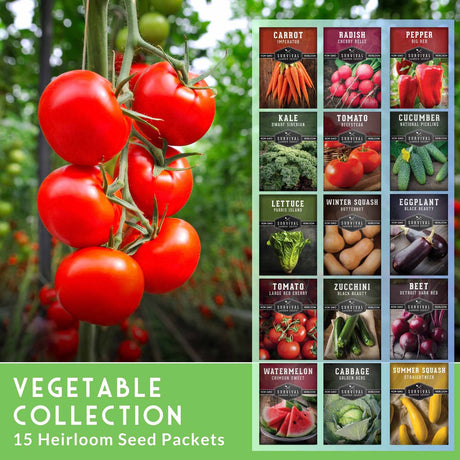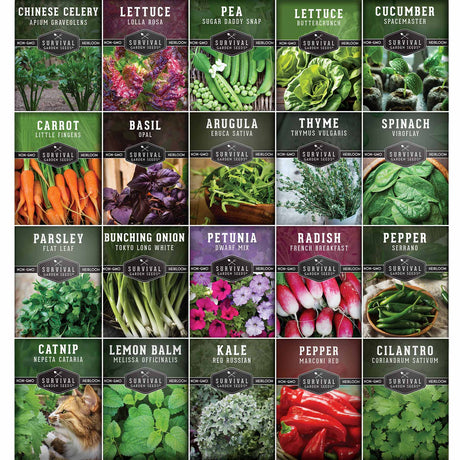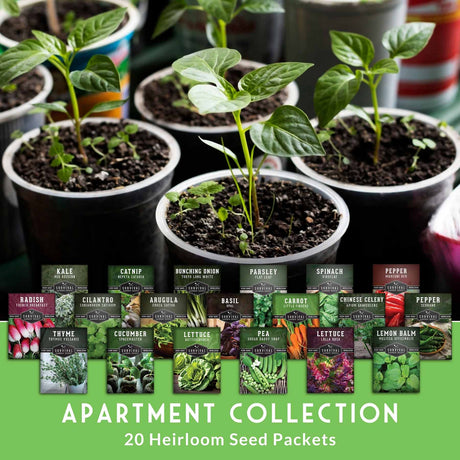When grocery store prices are out of control and options for fresh food are becoming scarce, growing your own garden can make all the difference. Even those of us in apartments with little space can find a little more security if we can grow our own vegetables on a countertop or a patio container garden. Every plant you grow, especially if you start from seed, saves you money and gives you more self-reliance from life’s uncertainties.
Start Where You Are: Fast Wins for Immediate Food Production
If you’re new to gardening, there are some easy ways to get started that don’t require much in terms of investment, time, or space. These will give you practice with growing some of the easier plants to grow from seed, so you’re familiar with the overall process. Think of them as training wheels for your survival garden. Plus, almost anyone can help grow these simple crops, so you can safely get the whole family involved in the project.
Grow Sprouts & Microgreens

Sprouts and microgreens are the absolute quickest turnaround from seed to harvest. These tiny veggies are nutritional powerhouses, packed with vitamins to support you when the food supply is uncertain. Plus, they’re low-lift for getting started. All you truly need is some mason jars or trays, seed, and water. For beginners, the easiest varieties are broccoli, radish, alfalfa, cress, and sunflower greens.
Start a Kitchen Herb Garden
Kitchen gardens, particularly patio or windowsill herb gardens, are huge money savers. Everyday herbs that you buy all the time, like cilantro, chives, basil, and parsley, can be grown for pennies and give you a steady, continuous supply that’s so much fresher and more flavorful than anything grown in a hothouse. Growing from seed gives you a wider variety of fresh herbs than you can often find in stores. You can also grow some small space vegetables from grocery store scraps. Save your celery and lettuce bases to experiment with an indoor garden. You’ll see new growth in just a few days.
Build Your Soil for the Long Haul
Learn how to compost NOW, before you need it. Quality soil takes time to build, and there’s no real way to rush the process. Composting is fairly easy, and in warm weather takes about 3 to 6 months to be ready. There are different ways to go about it that will work in different situations. We’ve explored several here in our gardeners’ blog through the years. You may choose to build a traditional compost setup, or you might feel like a small-space friendly method like bokashi fermentation composting is better for you. There’s also the option of letting the worms do the work with your own vermicomposting setup.

Whatever you do, it’s time to stop sending gold to the landfill. Dried lawn clippings and leaf litter can provide the carbon rich brown material for your compost. Kitchen scraps can provide the nitrogen rich “greens.” Save your coffee grounds, eggshells, apple cores, and any other waste from the kitchen in a scrap bucket and take advantage of the free fertility your cast-offs can create. These are all safe materials for novices to composting that will break down without a lot of fuss on your part. (If you’re interested in more advanced compost techniques like breaking down meat or humanure, consult an expert to ensure you’re doing everything safely and do not contaminate your compost with anything hazardous.)
If you’re thinking about turning your lawn into a garden bed, you can start this fall or winter and avoid tilling in spring by sheet mulching. All you have to do is lay down a layer of cardboard or newspaper on top of your existing lawn or chosen plot of land. Layer organic material like compost on top, creating a lasagna garden. This easy no-dig garden method preserves soil quality without the use of a rototiller. Your soil will continue to improve over time, becoming richer, retaining water better, and needing fewer interventions. It’s a welcome change to the back-breaking cycles of disruption and compaction that come with yearly soil-breaking rituals.
Baby Steps to Your Survival Garden
You don’t have to do everything at once. You can take small, manageable steps and start building self-reliance through gardening today.
This week: Focus on starting your first batches of sprouts and microgreens and begin saving your kitchen scraps in a compost bucket.

This month: Choose a composting method that fits your needs and your space. Plant your first windowsill herbs.
This season: Start sheet mulching in your chosen space for spring, or begin picking out containers. Our next post will explore container gardening for small spaces and other emergency gardening techniques.
Build a Seed Supply
As you experiment with some quick-win crops, you can also start looking ahead to the next few months and beyond. In most US growing zones, fall is the perfect time to start leafy greens, cabbage, carrots, onions, and other cool-weather crops. Seeds are long-term insurance against hard times. Explore our curated collections to find the right fit for you.
Every small step you take builds your food security and confidence as a grower. Even failures are learning experiences, so don’t get discouraged if you make a few mistakes! In our next post, we’ll explore what comes next and will help you continue your journey. For now, start where you are. You’ve got this, and we’re here to grow together.

